From tinnitus to Tomorrowland: how Loop transformed a personal ear injury into a global hearing‑protection movement embraced across electronic music culture.
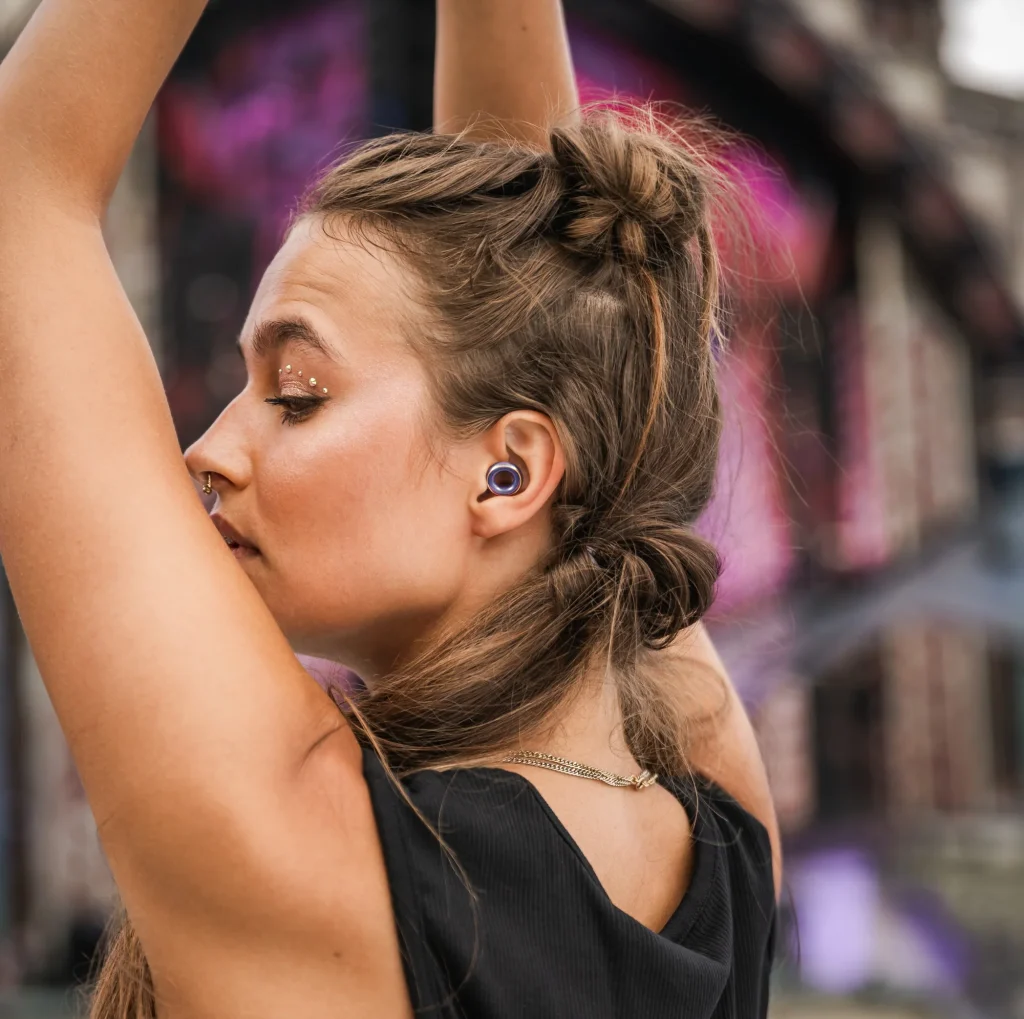
A Night That Changed Everything
One late-night mishap nearly seventeen years ago altered Maarten Bodewes’ life forever. After standing too close to a speaker during college, he developed tinnitus—persistent ringing in his ears. That startling experience became the catalyst for Loop Earplugs, a brand that would go on to reshape hearing health in the music world.
Birth of Loop: Marrying Protection with Style
Founded in 2016 in Antwerp by engineers Maarten Bodewes and Dimitri O, Loop was born from frustration: existing earplugs were ineffective, uncomfortable, and ugly. These two lifelong concertgoers wanted ear protection that didn’t compromise music or aesthetics. They designed sleek silicone plugs that looked more like accessories than safety gear.
Scaling an Idea into a Global Movement
Loop exploded from niche festival gear into a global hearing-protection staple:
- Over 11 million pairs sold in 150+ countries, per company data.
- Revenue surged to €126 million in 2023, up from €42 million in 2022—a 300% growth trajectory.
- Ranked by Fast Company among the world’s most innovative firms, especially praised for design-led thinking.
Electronic Music — Loop’s Launchpad
Loop resonated first with rave and festival communities. The brand quickly became a visible fixture at events like Tomorrowland and Coachella, where people embraced earplugs as fashion and safety combined. Loop’s minimalist, jewel-like prototype helped normalize a new festival accessory.
Shifting Culture Around Hearing Protection
What once felt uncool—wearing earplugs—has turned stylish:
- Ear protection now mirrors the ubiquity of sunglasses at concerts.
- Gen Z and millennials increasingly value self-care over stigma; many wear Loops like a fashion statement.
- Industry experts warn more than 1.1 billion young people face hearing risk. Yet only 5–10% of concertgoers wear protection. Loop aims to change those odds.
Understanding the Science Behind the Sound
Exposure to over 85 dB for extended periods can cause hearing loss. Electronic music concerts typically hit 100–112 dB, with front-row experiences reaching 120 dB or more—levels that can damage hearing in under 15 minutes.
Tinnitus often appears as a “temporary threshold shift” but signals real trauma. Once inner ear hair cells are damaged, they do not regenerate. This was Maarten’s wake-up call—and what drove the urgency behind Loop.
Why Today’s Music Lovers Are Listening
- Loop offers hearing protection without muffling sound, preserving both clarity and emotional resonance.
- The brand positions itself as “sunglasses for the ears,” making protection feel intuitive.
- With festival partnerships and polished designs, Loop has reframed earwear as essential and aspirational.
Legacy, Mission, and the Road Ahead
Loop continues to expand—from festival sets to everyday life. Its founders envision earwear becoming as commonplace as sunglasses, whether at gigs, on public transit, or in noisy urban spaces. Their guiding belief: hearing health should be stylish, accessible, and inclusive.
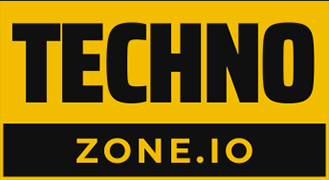
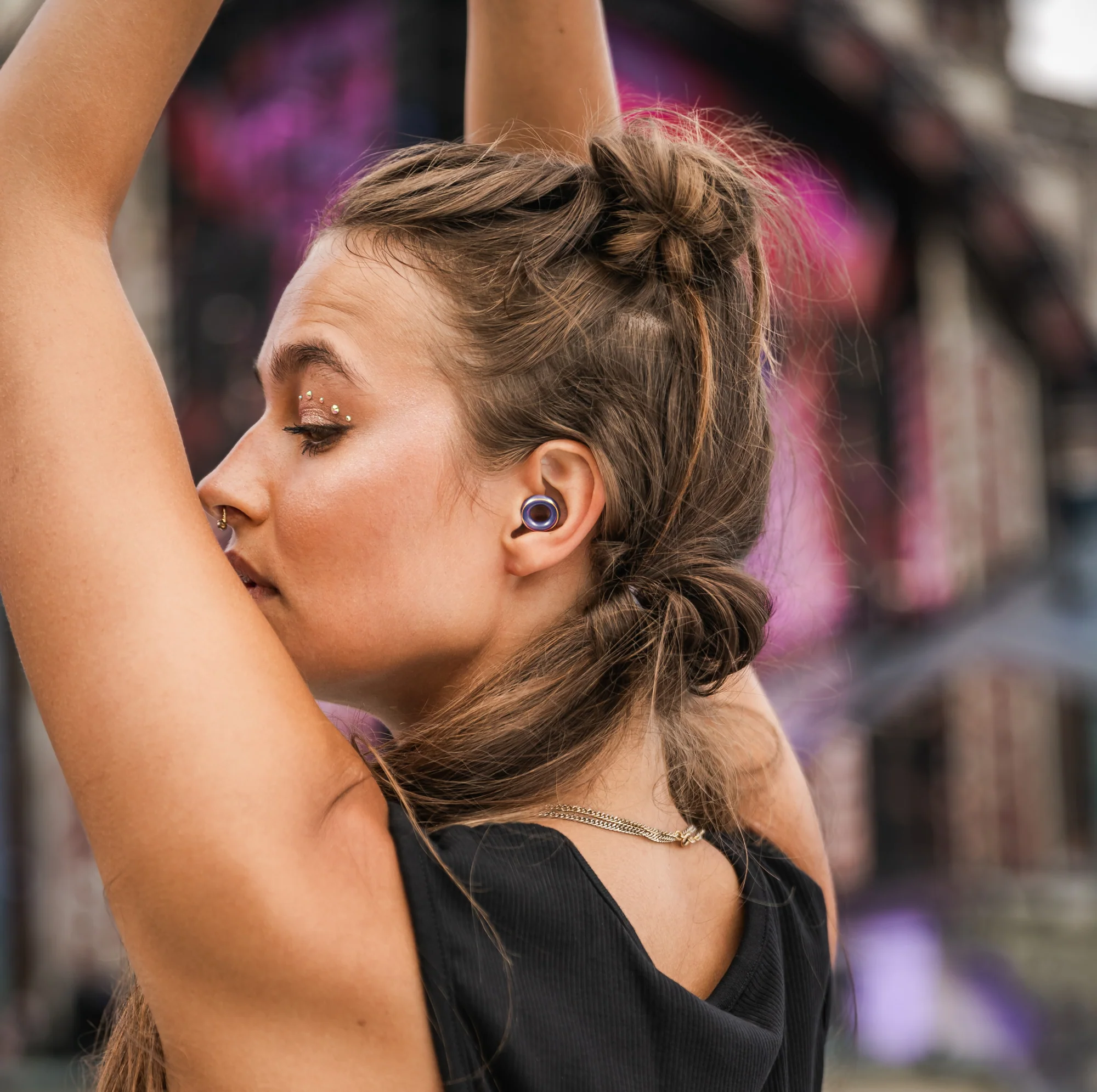
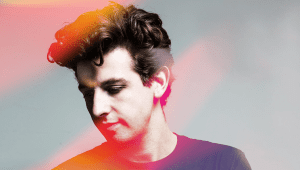
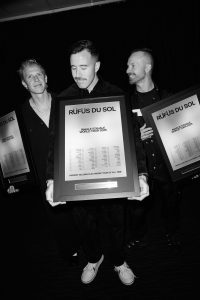
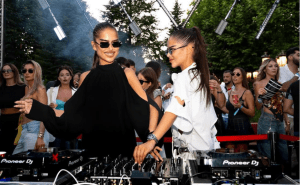
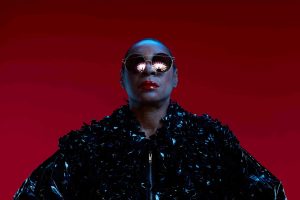
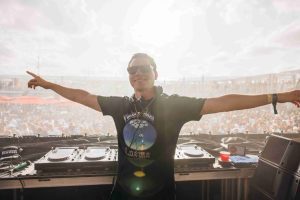
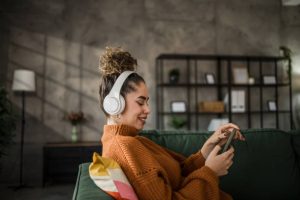
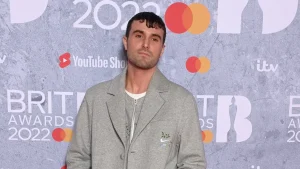
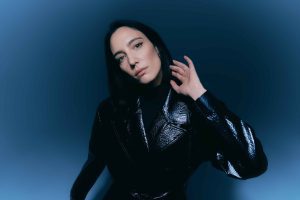
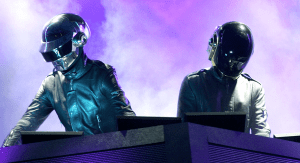
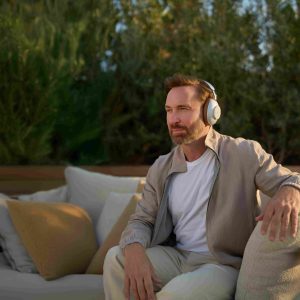
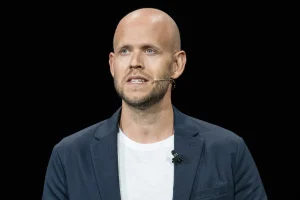


Comments are closed.